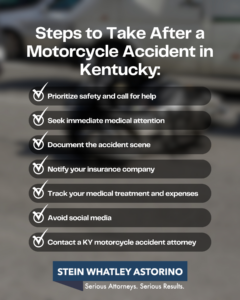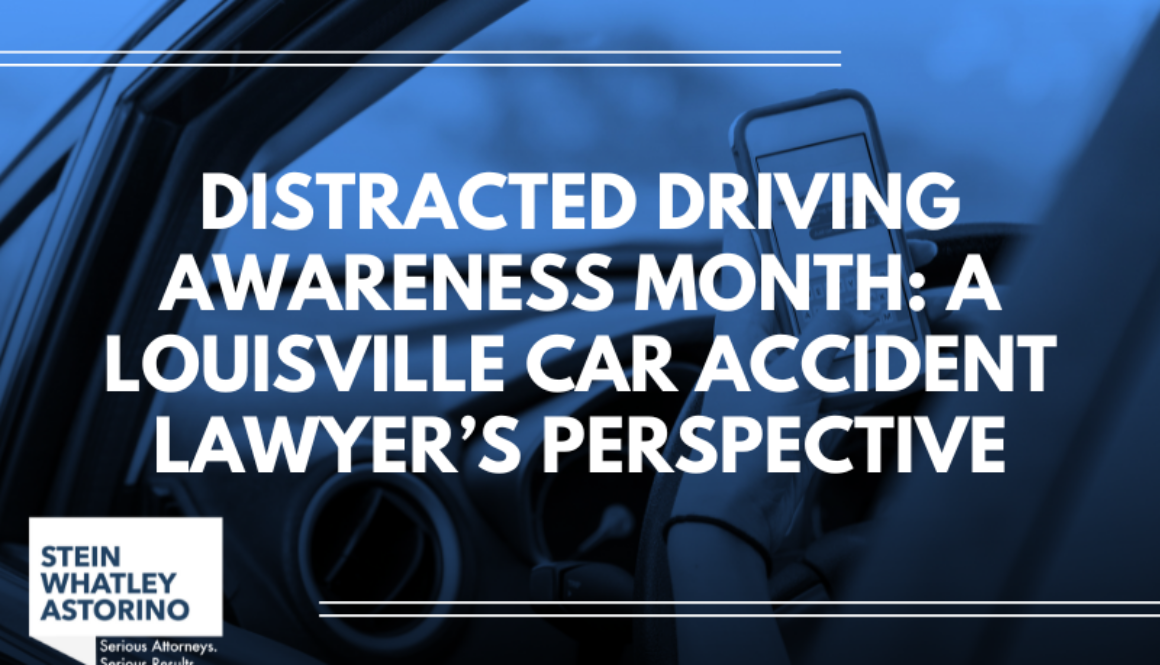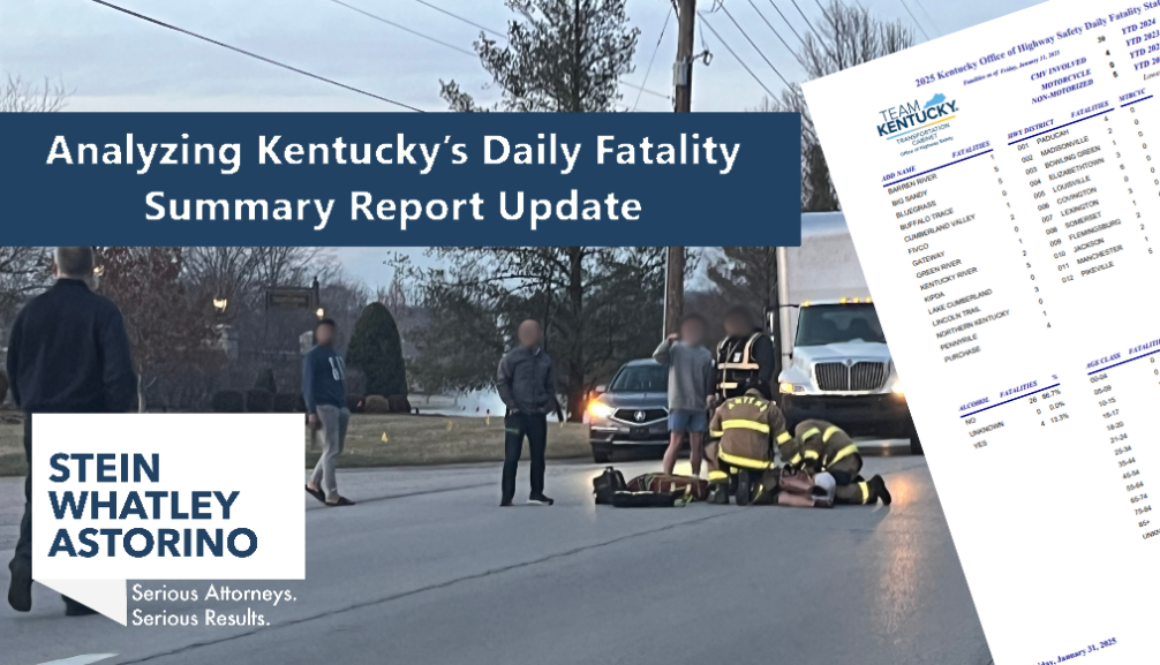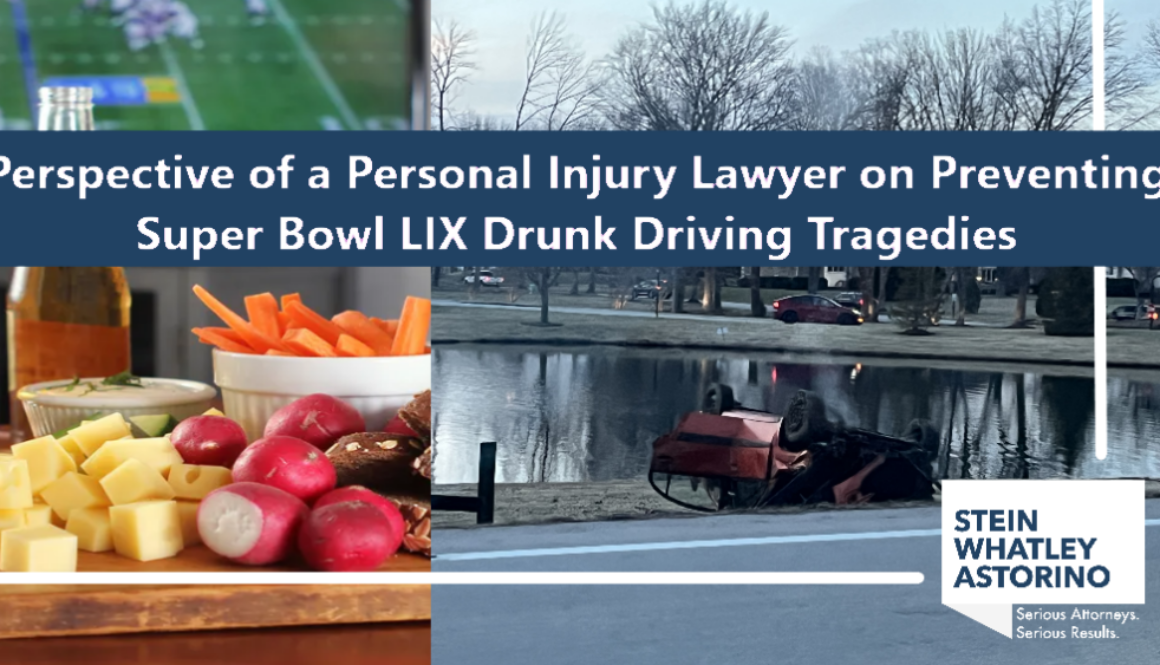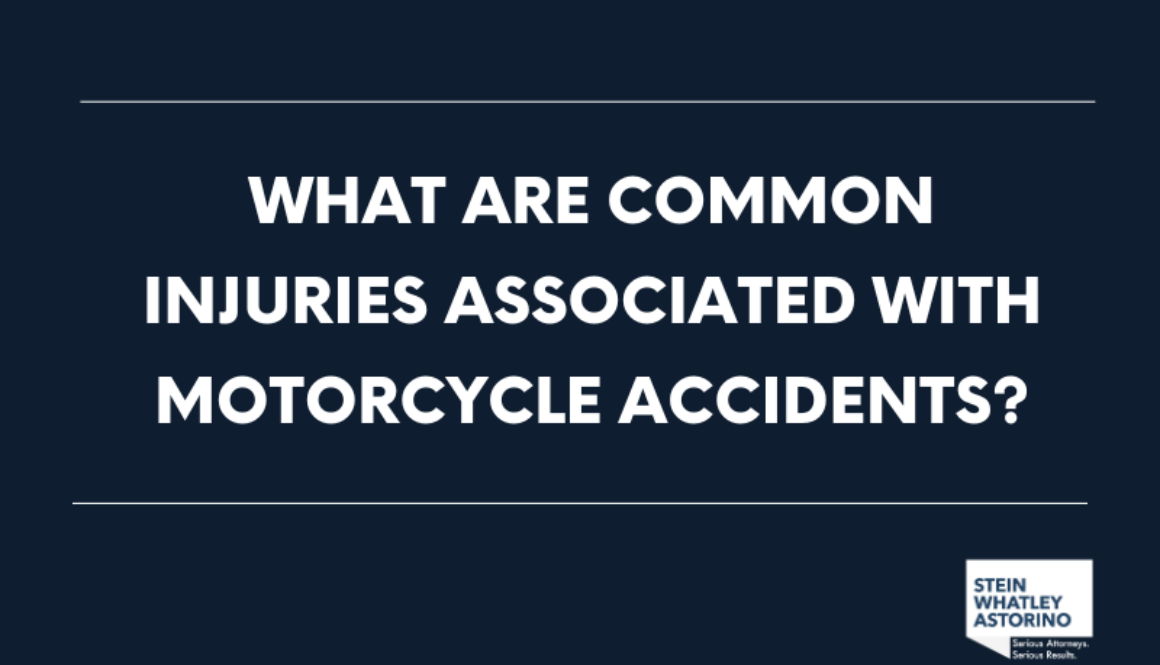Common injuries are a significant concern for motorcyclists after accidents in Kentucky. These injuries vary in severity and complexity, from minor bruises to life-threatening internal organ damage requiring immediate medical intervention. Understanding the common types of injuries, their causes, and preventive measures is crucial for promoting safer riding practices. It can also enhance treatment outcomes and support recovery efforts. By addressing these issues comprehensively, healthcare professionals, policymakers, and riders can work together to reduce the incidence and impact of motorcycle accident injuries. This can ultimately enhance the safety and well-being of riders across the state.
Types of Fractures and Broken Bones
One of the most frequent lower extremity injuries seen in motorcycle accidents is fractures. The force of impact in motorcycle accidents, combined with the lack of protective enclosure around riders, makes fractures a common consequence. Motorcycle accidents can cause several types of fractures and broken bones, depending on the nature and severity of the motorcycle collision. Common injuries include:
- Arm and Leg Fractures. When riders are thrown from their motorcycles, they often extend their arms and legs to brace for impact, resulting in fractures. These injuries can range from simple breaks to complex fractures that require surgical intervention.
- Spinal Fractures. The impact of a motorcycle accident can cause fractures in the vertebrae, leading to severe spinal injuries. These fractures are particularly concerning because they can result in long-term disability and require extensive medical treatment.
- Rib Fractures. The force of a collision can cause ribs to fracture, leading to severe pain and potential complications such as punctured lungs. Rib fractures often require considerable time to heal and can limit the victim’s mobility and breathing.
- Pelvic Fractures. The pelvis can fracture due to the force of impact or if the rider is crushed under the motorcycle. Pelvic fractures are serious and often require surgery and extensive rehabilitation.
- Collarbone fractures are especially frequent due to their position and vulnerability during falls or impacts. These include injuries particularly impacting the collarbone (clavicle) and the upper arm bone (humerus). The high-energy forces involved in crashes can lead to direct impacts or indirect trauma, causing these bones to break. However, fractures are not the only personal injury that occurs in motorcycle accidents.
Common Upper Extremity Injuries Suffered in Motorcycle Accidents in Kentucky
Due to the unique dynamics and forces involved in motorcycle incidents upper extremities are often at risk. Abdominal injuries can vary widely in severity, from minor bruises to life-threatening internal organ damage, necessitating immediate medical attention and often extensive treatment. Understanding the common abdominal injuries suffered in motorcycle accidents in Kentucky is crucial for promoting better prevention strategies, enhancing treatment protocols, and improving overall outcomes for riders involved in these traumatic events. Common upper extremity injuries suffered in motorcycle accidents include:
Blunt Trauma Injuries
One of the most prevalent abdominal injuries in motorcycle accidents is blunt trauma. When a rider impacts the ground or collides with another vehicle, the abdomen can absorb significant force, leading to contusions, bruising, and potentially more severe injuries such as lacerations or internal bleeding. The lack of external protection for the abdomen makes it particularly vulnerable to these types of injuries, highlighting the importance of wearing appropriate protective gear, including armored jackets and pants.
Internal Organ Injuries
Internal organ injuries are also common in motorcycle accidents, often resulting from direct impacts or the body being compressed against the motorcycle or other objects. Organs such as the liver, spleen, kidneys, and intestines can sustain lacerations or contusions, leading to internal bleeding or perforations. These injuries may not always be immediately apparent and can worsen without prompt medical intervention, underscoring the need for thorough medical evaluation following any significant accident.
Fractures of the ribs and pelvic bones can exacerbate abdominal injuries in motorcycle accidents. The ribs provide some protection to the internal organs, and fractures can occur due to the impact of the accident or from being crushed between the rider and the motorcycle. Pelvic fractures, while more commonly associated with lower extremity injuries, can also contribute to abdominal trauma by causing internal bleeding or injury to nearby organs.
Hollow Organ Injuries
Hollow organ injuries, such as bowel perforations or bladder ruptures, can occur in motorcycle accidents where the abdomen undergoes severe compression or direct trauma. These injuries require immediate surgical intervention to repair and may result in complications such as peritonitis or sepsis if not promptly treated. The signs and symptoms of these injuries can be subtle initially but may include abdominal pain, tenderness, distention, and signs of shock.
Organ Damage
Motorcycle accidents can cause damage to internal organs, including the liver, kidneys, spleen, and lungs. Trauma to these organs can cause organ failure, can be life-threatening, and often necessitate emergency surgery. Organ damage can lead to long-term health issues and impair the victim’s quality of life.
Traumatic Brain Injuries
Traumatic brain injuries are one of the most severe internal injuries motorcyclists can suffer. Even with helmets, the force of an impact can cause the brain to move within the skull, leading to concussions, contusions, or more severe brain damage. Symptoms can range from headaches and dizziness to cognitive impairments, personality changes, and long-term disability.
Spinal Cord Injuries
Damage to the spinal cord can result from the violent forces involved in motorcycle crashes. Spinal cord injuries can lead to partial or complete paralysis, depending on the location and severity of the injury. These injuries often require extensive medical treatment, including surgery, rehabilitation, and long-term care.
Internal Bleeding
Internal bleeding occurs when there is damage to blood vessels within the body. Blunt force trauma to organs or fractures can cause internal bleeding and is particularly dangerous because it may not be immediately apparent. Symptoms such as abdominal pain, swelling, and dizziness can indicate internal bleeding, which requires urgent medical attention to prevent life-threatening complications.
Rib Fractures and Lung Injuries
The impact of a motorcycle accident can fracture ribs, which in turn can puncture or collapse the lungs. Pneumothorax (collapsed lung) and hemothorax (blood in the chest cavity) are serious conditions that require immediate medical intervention. These injuries can cause severe pain and breathing difficulties, leading to long-term respiratory issues.
Shoulder Injuries
Shoulder injuries are among the most prevalent types of traumas sustained by motorcyclists involved in accidents in Kentucky. These injuries can range from minor bruises to severe fractures. One of the most frequent injuries is the shoulder dislocation. When a rider falls or is thrown from their motorcycle, the impact can forcefully move the shoulder joint out of its socket. This displacement often requires immediate medical attention to relocate the joint and manage associated soft tissue damage. In severe cases, ligaments and tendons around the shoulder may tear, necessitating surgical intervention to repair and stabilize the joint. Treatment typically involves immobilization with slings or surgical fixation, depending on the severity and displacement of the fracture.
Rotator Cuff Injuries
Soft tissue injuries, such as rotator cuff tears and labral tears, are also prevalent in motorcycle accidents. The rotator cuff is a group of muscles and tendons surrounding the shoulder joint, crucial for stability and movement. Sudden impact or violent motion can strain or tear these tissues, causing pain, weakness, and limited mobility. Labral tears involve damage to the cartilage rim surrounding the socket of the shoulder joint, often requiring arthroscopic surgery for repair.
In addition to immediate physical trauma, motorcycle accidents can lead to chronic conditions like shoulder impingement syndrome. This occurs when the tendons of the rotator cuff become irritated or inflamed, often due to repetitive overhead motions or poor posture during recovery. Symptoms include pain with specific movements and weakness, impacting daily activities and requiring physical therapy, anti-inflammatory medications, and sometimes corticosteroid injections for management.
Types of Hip and Lower Extremity Injuries Suffered in Motorcycle Accidents in Kentucky
Knee injuries
Knee injuries are also prevalent among motorcycle accident victims in Kentucky. The knee joint is vulnerable to direct impact during collisions, leading to injuries such as ligament tears (e.g., ACL, PCL), meniscus tears, and patellar fractures. These injuries can result in significant pain, swelling, and impaired mobility, affecting both short-term recovery and long-term joint function. In rural areas of Kentucky, where access to specialized orthopedic care may be limited, prompt diagnosis and treatment of knee injuries are essential to prevent complications and facilitate rehabilitation.
Soft Tissue Injuries
Soft tissue injuries, such as strains, sprains, and contusions, are frequently reported in the hips and lower extremities of motorcycle accident survivors. These injuries can occur due to sudden twists, impacts, or the force of being thrown from a motorcycle. While they are generally less severe than fractures or joint injuries, soft tissue injuries can still cause considerable pain and discomfort, requiring rest, physical therapy, and sometimes surgical intervention for complete recovery. In Kentucky, where scenic routes attract motorcyclists year-round, the risk of soft tissue injuries underscores the importance of wearing protective gear and practicing defensive riding techniques.
Dislocation or Hip or Knee Joint
Dislocations of the hip or knee joint are less common but can occur in high-impact motorcycle accidents. They occur when the bones in a joint are forced out of their normal positions, often causing severe pain, swelling, and instability. Immediate medical attention is crucial to reduce the dislocation and prevent further damage to surrounding tissues. In Kentucky, where rural and mountainous terrain poses additional challenges for emergency response teams, establishing protocols for rapid assessment and stabilization of joint dislocations can improve outcomes for motorcycle accident victims.
Amputation of Lower Extremities
Amputation of the lower extremities is a devastating consequence of severe motorcycle accidents in Kentucky. Although relatively rare, traumatic amputations can occur when the lower limbs are severely injured or crushed during collisions. When a motorcycle rider is trapped between the bike and another object, severe crush injuries can occur. These injuries can lead to extensive tissue damage, making amputation the only viable medical option. Deep cuts and wounds sustained during an accident can lead to severe blood loss, infections, or complications that require amputation to save the rider’s life.
The emotional and physical impact of limb loss is profound, requiring comprehensive rehabilitation and prosthetic care to support the individual’s recovery and adaptation to daily life. In Kentucky, where close-knit communities often rally around those affected by accidents, providing specialized support services for amputees and their families is essential in promoting resilience and restoring quality of life.
Nerve Injuries
Nerve injuries in the hips and lower extremities can result from blunt trauma or compression during motorcycle accidents. Damage to nerves can lead to numbness, tingling, muscle weakness, or loss of sensation in affected areas, impacting mobility and overall function. In Kentucky, where access to neurological specialists may be limited in rural areas, early diagnosis and referral to specialized care centers can optimize outcomes for individuals with nerve injuries sustained in motorcycle accidents.
Motorcycle accidents can be particularly devastating due to the lack of protection for riders compared to occupants of enclosed vehicles. In Kentucky, these motorcycle accidents often result in severe internal injuries that can have life-altering consequences. Understanding the nature of these injuries, their causes, and their implications is crucial for riders, medical professionals, and policymakers.
Causes of Personal Injuries in Motorcycle Accidents
Personal injuries from motorcycle accidents in Kentucky represent a serious and often life-altering consequence for victims. The following are just a few causes of personal injuries in motorcycle accidents:
- Lack of Protective Barriers. Unlike cars, motorcycles do not provide a protective barrier for riders. In an accident, motorcyclists are directly exposed to the impact, which increases the likelihood of sustaining severe internal injuries.
- High-Speed Collisions. Motorcycles are capable of high speeds, and accidents at high velocities can result in catastrophic injuries. The force of a high-speed collision can cause significant trauma to the body, leading to internal injuries.
- Ejection from the Motorcycle. During an accident, riders can be ejected from their motorcycles, resulting in multiple points of impact. Hitting the ground or other objects at high speed can cause internal injuries, including TBIs and organ damage.
- Blunt Force Trauma. The force exerted on the body during a motorcycle crash can cause blunt force trauma, leading to internal bleeding and damage to vital organs. This trauma can occur even without visible external injuries, making it particularly dangerous.
The lack of protective barriers, high-speed collisions, and the potential for ejection from the motorcycle contribute to the severity of these injuries.
Medical Implications of Internal Injuries
Internal injuries require immediate medical attention to prevent complications and fatalities. Emergency responders must quickly assess and stabilize the victim to prevent further damage and ensure timely transport to a medical facility. Medical implications of internal injuries may involve:
- Diagnostic Challenges. Diagnosing internal injuries can be challenging because symptoms may not be immediately apparent. Advanced imaging techniques, such as CT scans and MRIs, are often required to identify the extent of internal damage.
- Surgical Interventions. Many internal injuries necessitate surgical intervention to repair damaged organs and stop internal bleeding. These surgeries can be complex and carry significant risks, including infection and prolonged recovery periods.
- Long-Term Rehabilitation. Recovery from internal injuries often involves long-term rehabilitation, including physical therapy and occupational therapy. This process can be physically and emotionally demanding for victims and their families.
Immediate medical attention, accurate diagnosis, and appropriate surgical interventions are crucial for managing injuries. However, the broader impact on victims’ physical, emotional, and financial well-being underscores the need for comprehensive support and resources and support for victims in their recovery journey.
Immediate Costs to the Injury Victim
The immediate costs of personal injuries sustained in motorcycle accidents are substantial and multifaceted:
- Medical Expenses. The initial medical treatment for fractures and broken bones is costly. This includes emergency room visits, diagnostic imaging (such as X-rays and MRIs), surgeries, and hospital stays. The complexity and severity of the fractures dictate the level of care needed, and more severe injuries can result in higher medical bills.
- Surgical Costs. Many fractures require surgical intervention to properly align and stabilize the bones. Procedures such as the insertion of metal rods, plates, or screws can be expensive and involve significant surgical fees and postoperative care.
- Hospitalization and Intensive Care. Severe fractures often necessitate prolonged hospital stays and intensive care, particularly if there are complications or multiple injuries. The cost of hospitalization, combined with specialized care, adds significantly to the financial burden.
- Rehabilitation. Following the initial treatment, victims often require physical therapy to regain strength, mobility, and function. Rehabilitation is essential for recovery but comes at a considerable cost, involving ongoing sessions with physical therapists and other specialists.
- Impact on Families. Internal injuries affect not only the victims but also their families. Caregiving responsibilities, financial strain, and emotional stress can place a significant burden on family members, affecting their quality of life.
Long-Term Costs to the Injury Victim
The long-term financial impact of fractures and broken bones extends well beyond initial treatment and rehabilitation:
- Loss of Income. Fractures and broken bones can prevent victims from returning to work for an extended period, leading to a loss of income. This is particularly devastating if the victim is the primary earner in their household. The financial strain of lost wages compounds the stress of coping with their injuries.
- Reduced Earning Capacity. Even after recovery, some victims may be unable to perform their previous job duties or work the same number of hours, resulting in reduced earning capacity. This long-term impact on their career can severely affect their financial stability and future prospects.
- Ongoing Medical Costs. Victims of severe fractures often require lifelong medical care, including follow-up surgeries, pain management, and treatment for complications. These ongoing medical expenses can be a continuous financial burden, draining the victim’s resources over time.
- Assistive Devices and Home Modifications. Depending on the severity of the injuries, victims may need assistive devices such as crutches, wheelchairs, or braces. Additionally, home modifications, such as installing ramps or handrails, may be necessary to accommodate their new needs. These adaptations are costly but essential for maintaining independence and quality of life.
- Physical Limitations. Internal injuries can lead to permanent physical limitations, impacting the victim’s ability to perform daily activities and work. Spinal cord injuries and TBIs, in particular, can result in long-term disabilities that require ongoing medical care and support.
Emotional and Psychological Costs
Beyond the tangible financial costs, injuries, fractures, and broken bones from motorcycle accidents have profound emotional and psychological effects on victims. For example:
- Pain and Suffering. The physical pain from fractures and the subsequent treatment is immense. Chronic pain can persist long after the bones have healed, impacting the victim’s quality of life and emotional well-being.
- Emotional Distress. The trauma of the accident, coupled with the stress of dealing with severe injuries and financial burdens, can lead to anxiety, depression, and other mental health issues. The emotional toll can be as debilitating as the physical injuries, affecting the victim’s overall outlook on life.
- Loss of Independence. Severe fractures can limit the victim’s ability to perform daily activities independently. This loss of autonomy is frustrating and demoralizing, leading to a sense of helplessness and dependency on others for basic needs.
The fear of severe injury or death, coupled with the challenges of recovery and potential long-term consequences, can impact a rider’s mental health and well-being. Comprehensive care following an accident should address both the physical and psychological aspects of recovery to support the rider’s overall healing process.
Preventing Motorcycle Accident Injuries
Preventing injuries in motorcycle accidents requires a multifaceted approach involving riders, policymakers, and healthcare professionals. Riders should prioritize wearing protective gear that covers the abdomen, including armored jackets and pants designed to absorb impact and reduce the severity of injuries. Helmets with facial protection can also help prevent facial and abdominal injuries in the event of a motorcycle crash.
Education
Education and awareness are essential components of injury prevention and recovery. Riders should be aware of the risks associated with motorcycle accidents and encouraged to practice defensive riding techniques, avoid risky behaviors such as speeding and impaired driving, and undergo regular safety training. Prompt medical evaluation following an accident is critical to identifying and treating abdominal injuries early, improving outcomes, and reducing the long-term impact on a rider’s health.
Legislation
Legislative measures also play a significant role in promoting motorcycle safety and preventing injuries. In Kentucky, advocacy efforts to enforce traffic laws, such as speed limits and lane restrictions, can reduce the risk of accidents that lead to hip and lower extremity injuries. By working collaboratively with lawmakers, law enforcement agencies, and healthcare providers, advocates can champion policies that prioritize injury prevention and support for those affected by motorcycle accidents.
Stein Whatley Astorino, PLLC, and our team of reliable motorcycle accident lawyers are committed to fighting for motorcycle accident victims suffering from personal injuries. Our experienced motorcycle accident attorneys protect your legal interests so you can focus on recovery.
Legal Considerations and Compensation after a Personal Injury
In Kentucky, victims of motorcycle accidents with personal injuries have legal avenues to seek compensation. Personal injury claims can be filed against negligent parties responsible for the motorcycle accident, including other drivers, manufacturers of faulty motorcycle parts, or government entities responsible for unsafe road conditions. Compensation can help cover medical expenses, rehabilitation costs, lost income, and other financial burdens.
Navigating the legal system can be complex, and victims often require the assistance of great motorcycle accident attorneys. Our best motorcycle accident lawyers help gather evidence, establish liability, and advocate for maximum compensation. Understanding legal rights and options is crucial for victims to receive the support needed to rebuild their lives.
Help Navigating Common Injuries after a Motorcycle Accident
Common injuries from motorcycle accidents in Kentucky impose significant costs on injury victims. The immediate expenses of medical treatment, surgeries, and rehabilitation are substantial, but the long-term financial burdens, including loss of income, reduced earning capacity, ongoing medical costs, and the need for assistive devices and home modifications, further exacerbate the victims’ challenges.
At Stein Whatley Astorino, PLLC, our team of top motorcycle accident attorneys is here to assist you if you have suffered a fracture or broken bone in a motorcycle accident and need guidance.
If you were injured in a motorcycle accident or are a family member of someone wrongfully killed by the reckless or negligent actions of another driver, call us today to discuss your options. We will fight to defend your legal rights so that you get the full and fair settlement you deserve. Call 502.553.4750 for a free initial consultation.
